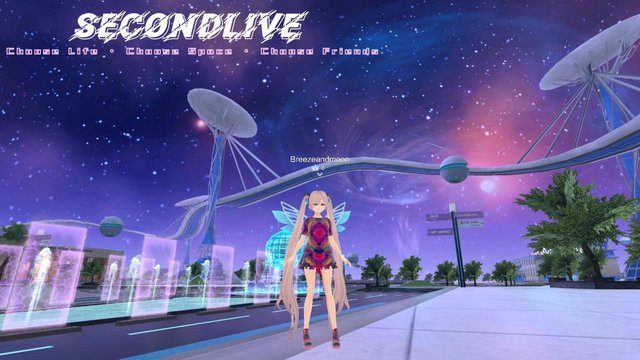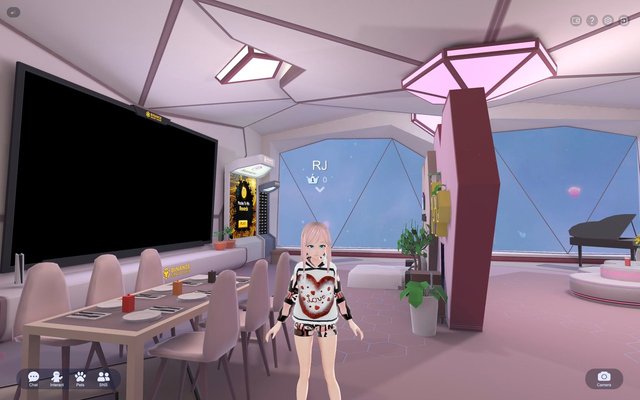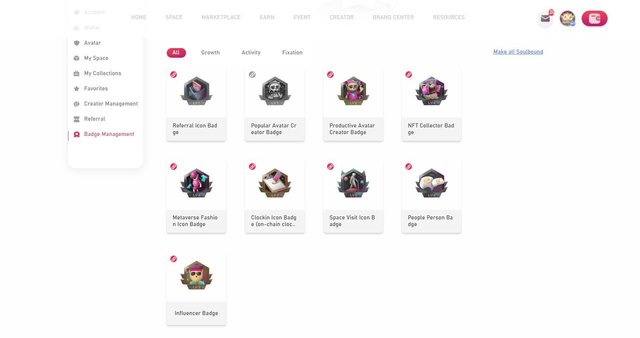
As technology advances, so does the way we interact with the world. With the rise of virtual reality, we are no longer limited to experiencing the world through screens. Instead, we can fully immerse ourselves in digital spaces, creating new ways to communicate and connect with others. One of the pioneers in this field is Second Life, a virtual world that has been around since 2003.

Second Life is a unique metaverse that allows users to create their own digital personas, known as avatars. These avatars can interact with other users in a fully-realized virtual world, complete with its own economy, social structures, and communities. Despite its age, Second Life has continued to grow and evolve, attracting new users and businesses that are eager to explore the possibilities of the metaverse.
One of the key advantages of Second Life is its flexibility. Users can create anything they want in the virtual world, from clothing and furniture to entire cities and landscapes. This has led to a vibrant community of creators, who are constantly pushing the boundaries of what is possible in the metaverse. Second Life has even spawned its own micro-economy, with users able to buy and sell virtual goods using real-world money.

But Second Life is not just a place for creative expression. It also serves as a platform for social interaction and communication. Users can form groups and communities, participate in events and activities, and even attend virtual conferences and classes. This has made Second Life an attractive destination for people from all walks of life, including those who may not have the ability to travel or socialize in the physical world.
In recent years, Second Life has also become a hub for businesses and organizations looking to establish a virtual presence. Companies can set up virtual storefronts and showcase their products to a global audience, while nonprofits can use the platform to raise awareness and engage with supporters. This has opened up new opportunities for entrepreneurship and innovation, with many businesses and organizations seeing Second Life as a viable alternative to traditional brick-and-mortar locations.

However, Second Life is not without its challenges. The platform's aging infrastructure and user interface have been criticized by some, with newer virtual worlds like Sansar and VRChat offering more immersive and intuitive experiences. There are also concerns about the safety and security of users, with reports of harassment and cyberbullying in the virtual world.
Despite these challenges, Second Life remains a popular and influential metaverse, with a loyal user base and a thriving ecosystem of creators and entrepreneurs. As virtual reality technology continues to evolve, it will be interesting to see how Second Life adapts and innovates to remain relevant in a rapidly-changing landscape.

The future of virtual reality is now, and Second Life is leading the charge. Its flexible and customizable platform, coupled with its vibrant community and commercial opportunities, make it a unique and exciting destination for people from all over the world. While there are certainly challenges and limitations to the platform, there is no denying the impact that Second Life has had on the way we interact with the digital world. As the metaverse continues to evolve, we can only imagine what new possibilities and experiences Second Life and other virtual worlds will bring.
@SecondLiveReal #secondlive #metaverse #web3 #gamefi #stake #bean #earn #live
More Information SecondLive
Website: https://secondlive.world
Whitepaper: https://docs.secondlive.world/
Telegram: http://t.me/SecondLiveCommunity
Twitter: https://twitter.com/SecondLiveReal
Github: https://github.com/SecondLive
Medium: https://medium.com/@SecondLiveReal
Discord: https://discord.gg/secondlive
Tiktok: https://www.tiktok.com/@secondlive.world
Writter
Bitcointalk username : CHONTOLMAN
TELEGRAM : @CHONTOLMAN
link btt : https://bitcointalk.org/index.php?action=profile;u=3449666;sa=summary